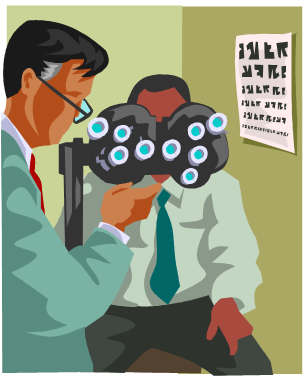This competitive intelligence series describes some practical steps for someone to follow that is interested in starting a CI activity in an organization.
These days, when the economic conditions are so difficult, may seem like the wrong time to some to get started. The other view (and one that I agree with) is that competitive intelligence is more important in hard times though the methods employed may be different. So, what is the absolute first step that is critical for the eventual success of a CI program?
Simply put, the first step is to “find the pain.”
By pain, I mean the obvious, significant and personalized need for competitive intelligence felt by someone that is in a senior position in the company.
Their pain can be caused by many things. Here are some common examples.
 “I don’t need the exact figure. Just give me the ballpark number.”
“I don’t need the exact figure. Just give me the ballpark number.” Every year, I visit my friend the optometrist. One thing that I can count on is answering a lot of black and white questions as I stare through various lenses. You know the routine. Is this one better? Or, is this one better? Over and over again the black and white decision is required. This is how my doctor narrows down the choices about which lens will provide the best correction for each of my eyes. That way, he will know precisely what eye glass prescription that I should have.
Every year, I visit my friend the optometrist. One thing that I can count on is answering a lot of black and white questions as I stare through various lenses. You know the routine. Is this one better? Or, is this one better? Over and over again the black and white decision is required. This is how my doctor narrows down the choices about which lens will provide the best correction for each of my eyes. That way, he will know precisely what eye glass prescription that I should have.

